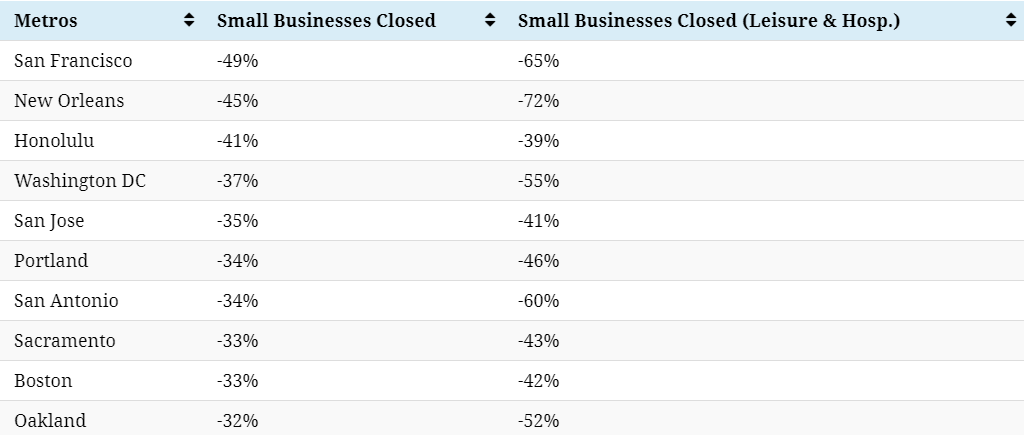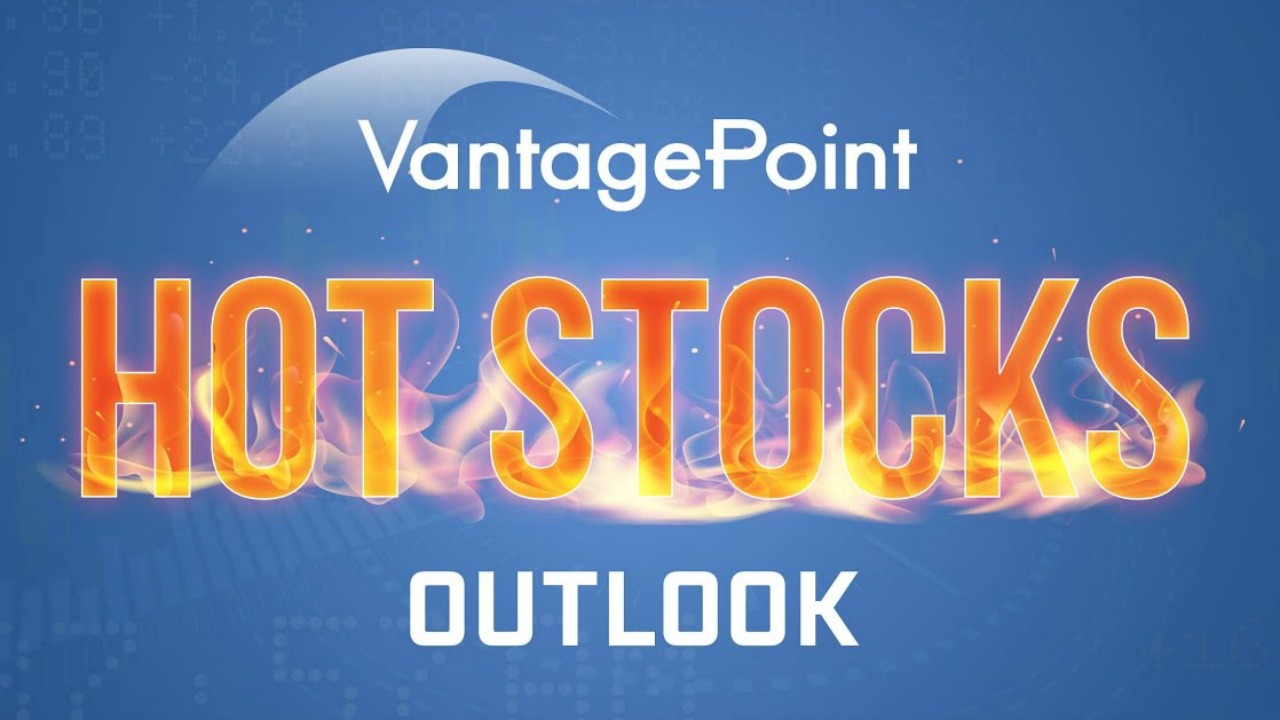Do We Need A New Bretton Woods Agreement?
After World War II came to a close, it was clear the world was in need of a new financial system. The Gold standard was considered by most economists as being too rigid and many worried that smaller developing countries would resort to the printing press to be able to stimulate their own economies. It was under these conditions that 44 countries sent their best and brightest financial minds to Bretton Woods, New Hampshire in July 1944 to create a better financial system that would address the immediate devastation caused by the war and to lay a foundation for a more peaceful and prosperous postwar world. This event is known as the Bretton Woods conference which was a watershed moment in finance that established much of what we understand to be finance today. The purpose of the conference was to define a new post-war financial order.
Since the United States had won the war and was perceived to be the world superpower, it was concluded at the conference the U.S. Dollar would be the world’s reserve currency. What this means is that the U.S. Dollar would be held in large quantities by other nations central banks and that it would be used to calculate and settle international transactions and investments. In other words, the U.S. dollar became the dominant weight and measure of international finance. Under the Bretton Woods system, gold was priced at $35 an ounce and was the basis for the U.S. dollar and other currencies were pegged to the U.S. dollar’s value. The U.S. Government would guarantee the convertibility of U.S. dollars to gold at the guaranteed fixed exchange rate
of $35 per ounce.
The central idea behind Bretton Woods was to create an indirect global gold convertibility standard. All of the world’s currencies would have gold backing because those countries central banks always had the guaranteed legal option to redeem their dollar holdings for gold bullion any time they wanted. The intended effect was to persuade everyone that it didn’t really matter how much gold these other countries actually had in their vaults, since the all-powerful United States had plenty, and the Bretton Woods treaty guaranteed all the governments of the world could convert dollars for gold at any time.

John Maynard Keynes speaking with U.S.S.R Representative Mikhail Stepanovich Stepanov at Bretton Woods in July 1944
This made the U.S. dollar literally “as good as gold” until The United States defaulted on its obligations in August 1971.
The principal goals and objectives of the Bretton Woods conference 76 years ago were to:
- Create an efficient foreign exchange system
- Prevent unnecessary devaluations of currencies
- Promote international economic growth
- Create international regulatory agencies that could resolve financial conflicts
To accomplish these goals, two international organizations were created to help plan, organize and represent the policies from the conference. These were the International Monetary Fund (IMF) and the World Bank. Both institutions have withstood the test of time, globally serving as important pillars for international capital financing and trade activities.
Bretton Woods was a period of fixed exchange rates internationally. It lasted until August 15, 1971 when President Richard Nixon shut the gold convertibility window and ushered in the current era of fiat currencies and floating exchange rates. While the Bretton Woods System was dissolved in the 1970s, both the IMF and World Bank have remained strong pillars for the exchange of international currencies and strong advocates for better central planning. It is unquestionable that Bretton Woods was the foundation of all international finance.

IMF Director Kristalina Georgieva Calling For A New Bretton Woods Moment
Recently, on October 15, 2020, Kristalina Georgieva, IMF Managing Director called upon the International Community by inviting them to a new Bretton Woods moment to “re-evaluate the values of cooperation and solidarity on which a sisterhood and brotherhood of humanity is built.” What makes the IMF Directors invitation so profound is that it is occurring while the world economies have all created trillions of dollars of new debt to address the destruction caused by a pandemic while Central Banks have simultaneously begun implementing their own versions of digital currencies.
The global macroeconomic shock and the public health crisis has led to incredible pain in the American economy as many small businesses have shut down and are not coming back.
According to Forbes magazine coverage by Christian Kreznar:
“The Yelp Economic Impact report, which tracks business closures through Yelp customer review listings, found that an estimated 163,735 businesses have closed in the U.S. since March 1. The numbers represent an increase of 23% since July 10, when the count of closures sat at 132,580.
Retailers, bars and restaurants continue to be among the hardest-hit businesses. Some 32,000 restaurants have shuttered since the start of the pandemic, with 61% expecting closures to be permanent. Nightclubs and bars, a smaller market, have lost about 6,451 businesses, over half permanently, while retailers have seen 30,374 closures.”
This economic devastation is confirmed in the following graphics:


Since Bretton Woods established U.S. Dollar supremacy in the world 76 years ago, the first question that everyone has is how will that supremacy be challenged? More importantly an invitation for a new Bretton Woods moment clearly communicates that money is being redefined by monetary authorities and regulators. Whenever money is being redefined tremendous opportunity exists for those who recognize its implications.
This invitation by the IMF presents more questions than anyone has answers for. Anyone who has been following finance over the last 25 years is aware of the reality that many nations have objected quite strongly to the dollar remaining the worlds reserve currency. The United States represents 25% of the Worlds GDP but 79% of all transactions on the planet are in U.S. Dollars. Notably, Brazil, Russia, India, China and South Africa have coordinated an effort to create a BRICS banking agreements where a currency basket made up of these nations currencies would be used for international transactions between their respective nations.
Another question that arises when pondering the possibility of a new Bretton Woods moment is what will be the specific weights and measures of FedCoin digital currencies? It could be conceivable that after 50 years of floating exchange rates that we return to some form of an asset backed currency. The IMF has 190 member nations who would all love to have their currency or the products most produced in their countries be part of this mix. It is conceivable that fractional shares of American securities, gold or oil could be redefined as money in a new Bretton Woods moment and be included in a newly redefined digital money.
However, digital currencies present a completely different paradigm to the original world of Bretton Woods. A digital currency in theory is rooted in a peer to peer protocol. This means that people can transfer currency between themselves without the approval or supervision of a central authority. This possibility is hugely innovative for finance and turns traditional banking on its head. The international banking wire transfer system operates through the SWIFT protocol which strongly favors the U.S. dollar supremacy. SWIFT is the vast messaging and money transfer network used by banks and other financial institutions to quickly, accurately, and securely send and receive information, such as money transfer instructions. In 2019, more than 11,000 SWIFT member institutions sent approximately 33.6 million transactions per day through the network.
DIGITAL currencies potentially make the SWIFT network obsolete. Currently, cryptocurrencies like Bitcoin do not require a centralized banking system to be able to transfer money between parties. Much still has to be learned about the features of Central Bank digital currencies. However, in pondering digital currencies they represent a never before opportunity for Central bankers to track money flows throughout an economy with exact precision, and use the power of big data to fine tune their decisions. Think of how Google, Amazon and Facebook track people through the internets ecosystem. Central banks are clearly vying for that same ability, control and power as far as digital currencies are concerned.

Digital Currencies Offer Peer To Peer Money Transfer
In March of 2020 we saw the first version of helicopter money being applied to the world economies as massive amounts of stimulus were sent to those most in need. However, in a digital currency structure this could be implemented much more efficiently and directly as the Central bank would be able to see the personal balance sheet of every individual and business within its boundaries.
To accomplish this, citizens would have to be willing to surrender their desire for financial privacy. Central Banks and the U.S. Treasury have clearly communicated that cash is being eliminated from the economy slowly.
Utilizing a digital currency would allow the Central Bank to directly support the most disadvantaged members of society through direct digital monetary transfers. Universal Basic Income could easily be implemented in this manner. This possibility challenges to a great extent the need for many government agencies that currently supervise and implement these programs today.
In the past when new debt would be created it would end up on the Treasuries balance sheet. A digital money transfer could easily be implemented by Central banks allowing the expenditure to remain on the Central Banks balance sheet instead. While this sounds inconspicuous it further empowers Central banks as we move into a digital currency age since the Central Bank would be engaging more efficiently in actions previously done by large government bureaucracies.
Problems though exist with this structure. It is easy to see how these innovative solutions could quickly become highly politicized. Since financial privacy would no longer exist, how would this affect free speech? Would it be possible to eliminate an Orwellian Big Brother perspective to opponents of such Fed policy?
A new Bretton Woods implies a re-evaluation of the monetary order. Clearly digital currencies, their specific makeup in terms of weights and measures will determine the leaders in the economic order moving forward. However, what makes the possibility of digital currencies so appealing to Central Bankers is the potential to create alternative solutions in their economic toolbelt. Economics is often referred to as the dismal science because of the massive assumptions that occur in developing an economic policy. Being able to track economic flows with exact precision would eliminate these assumptions very quickly.
Interest rates at near zero percent limit what the Fed can do to stimulate the economy. Currently the Treasury produces $7 trillion in debt to create $1 trillion in positive GDP. The opportunity of offering exact amounts of digital currencies to very targeted groups of people who have been hurt the most by recent economic conditions is a potentially innovative solution that further disrupts traditional banking and government in a big way.
Digital currencies offer a Central Bank the opportunity to track all digital cash flows and expenditures as they move around the economy. While this completely eliminates any form of privacy it also permits a Central Banker to utilize “BIG DATA” to establish policies based upon economic facts and not assumptions. Furthermore, a digital currency allows the Central Bank to establish economic policies strictly based on demographics, rather that its current one size fits all policy which has been in vogue for the last 100 plus years.
The Central Bank could theoretically establish interest rate policies based upon an end users needs much more effectively. A retiree could be offered higher interest rates on their digital currency savings. At its core, digital currencies give governments the opportunity of using big data to stimulate whatever sectors in the economy need the most assistance. This is potentially a giant watershed moment in finance introducing new possibilities for behavioral economics.
How will a new Bretton Woods moment address currency debasement which has become so prevalent amongst fiat currencies? Historically the IMF cannot ignore the statistical correlation that the more currency that is printed the higher the price of Gold and alternate digital currencies like Bitcoin go.
Nobody is prepared for this. Nobody knows exactly what a new “Bretton Woods moment means. Will debt forgiveness be part of the new “Bretton Woods moment?” It will take several years to roll out. But digital central bank currencies (FedCoin) offer elegant solutions to systemic problems like wealth inequality which governments have been unsuccessful in addressing. On the one hand every consumer will have every transaction recorded because cash will no longer extinct. On the other hand the poorest and most disadvantaged sectors of the economy can be addressed with factual certainty, rather than assumptions. What is clear is that digital currencies have the potential to change everything about finance.
Currently the IMF has 190 member countries. Imagine how challenging it will be to develop consensus and agreement amongst these nations with regards to a digital currency. It only takes one member nation to decide to adopt something like a bitcoin or ethereum to demonstrate how fragile a new Bretton woods moment could be.
While it is fun to think about all of the possibilities, it is situations like this which can also paralyze investors and traders.
The bottom line, is what do you do with this kind of information? How do you make sense of the massive disruption that digital currencies portend for traditional finance?
There are not enough hours in a day for you to be able to make sense of these monumental changes manually. This is why in 1991, Louis Mendelsohn introduced artificial intelligence as the ideal quantitative solution for traders and investors.
Moving forward I want you to think long and hard about HOW you are going to trade the markets if you do not have an edge. As the volatility of the last decade becomes commonplace are you prepared for the disruption that a digital currency universe creates?
Think about those losing trades and ask yourself what did you learn from that experience? What is your method for analyzing risk? What is your systematic framework for defining opportunity?
Let me lay it out for you in black and white.
Two traders looking at the same market at the same time.
One is armed with artificial intelligence.
The other is not.
Who do you think is better prepared to win in this scenario?
Knowledge. Useful knowledge. And its application is what ai delivers.
Artificial intelligence is not “a would be nice to have” tool.
It is an “absolutely must have” tool to flourish in today’s global markets.
Machine Learning is designed to learn from experience and make the best statistically relevant decision moving forward. AI outperforms humanoid analysis hands down every time.
We live in very exciting times.
What hurts others can instruct us.
A.I. is the framework where risk and opportunity are very clearly defined.
Remember, artificial intelligence has decimated humans at Poker, Jeopardy, Go! and Chess. Why should trading be any different?
Visit with us and check out the a.i. at our Next Live Training.
Discover why Vantagepoint’s artificial intelligence is the solution professional traders go-to for less risk, more rewards, and guaranteed peace of mind.
It’s not magic. It’s machine learning.
Make it count.
IMPORTANT NOTICE!
THERE IS SUBSTANTIAL RISK OF LOSS ASSOCIATED WITH TRADING. ONLY RISK CAPITAL SHOULD BE USED TO TRADE. TRADING STOCKS, FUTURES, OPTIONS, FOREX, AND ETFs IS NOT SUITABLE FOR EVERYONE.
DISCLAIMER: STOCKS, FUTURES, OPTIONS, ETFs AND CURRENCY TRADING ALL HAVE LARGE POTENTIAL REWARDS, BUT THEY ALSO HAVE LARGE POTENTIAL RISK. YOU MUST BE AWARE OF THE RISKS AND BE WILLING TO ACCEPT THEM IN ORDER TO INVEST IN THESE MARKETS. DON’T TRADE WITH MONEY YOU CAN’T AFFORD TO LOSE. THIS ARTICLE AND WEBSITE IS NEITHER A SOLICITATION NOR AN OFFER TO BUY/SELL FUTURES, OPTIONS, STOCKS, OR CURRENCIES. NO REPRESENTATION IS BEING MADE THAT ANY ACCOUNT WILL OR IS LIKELY TO ACHIEVE PROFITS OR LOSSES SIMILAR TO THOSE DISCUSSED ON THIS ARTICLE OR WEBSITE. THE PAST PERFORMANCE OF ANY TRADING SYSTEM OR METHODOLOGY IS NOT NECESSARILY INDICATIVE OF FUTURE RESULTS. CFTC RULE 4.41 – HYPOTHETICAL OR SIMULATED PERFORMANCE RESULTS HAVE CERTAIN LIMITATIONS. UNLIKE AN ACTUAL PERFORMANCE RECORD, SIMULATED RESULTS DO NOT REPRESENT ACTUAL TRADING. ALSO, SINCE THE TRADES HAVE NOT BEEN EXECUTED, THE RESULTS MAY HAVE UNDER-OR-OVER COMPENSATED FOR THE IMPACT, IF ANY, OF CERTAIN MARKET FACTORS, SUCH AS LACK OF LIQUIDITY. SIMULATED TRADING PROGRAMS IN GENERAL ARE ALSO SUBJECT TO THE FACT THAT THEY ARE DESIGNED WITH THE BENEFIT OF HINDSIGHT. NO REPRESENTATION IS BEING MADE THAT ANY ACCOUNT WILL OR IS LIKELY TO ACHIEVE PROFIT OR LOSSES SIMILAR TO THOSE SHOWN.







